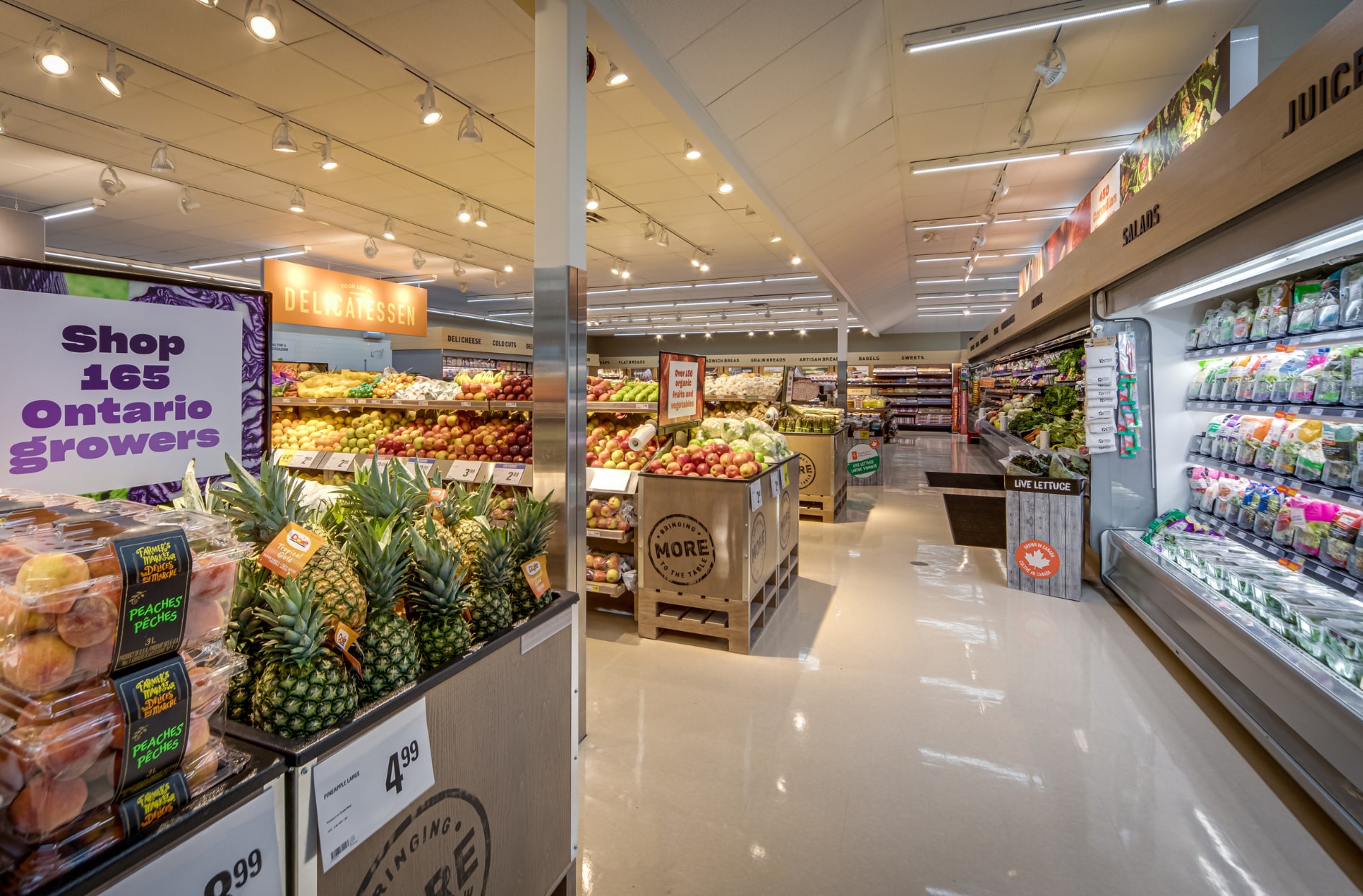Environmental improvements you won’t see in our stores
October 23, 2023

Unfortunately, there are environmental consequences to running a network of retail stores and pharmacies that serve nearly every community in the country. But you should know that we take our environmental impact seriously, as evidenced by the work we are doing to minimize the carbon footprint of our operation. One area of specific focus for us is store-level adaptations, especially around how we heat and cool our facilities, and how we better manage fridge and freezer cooling. These are often invisible changes that can have a massive impact.
Here are two of many examples of what we’re up to:
Problem:
For nearly 25 years, the world has relied heavily on hydrofluorocarbons, or HFCs, in refrigeration systems. Environmentally, HFCs were a great improvement on the previous gases being used for refrigeration, but they are far from perfect. In fact, HFCs remain potent greenhouse gases that are among the top causes of ozone depletion and climate change.
Solution:
As more environmentally-friendly alternatives to HFCs became available, we have moved quickly to put them into use. Since 2019, all of our new stores use natural refrigerants, and we’ve completed nearly 214 conversions to more environmentally-friendly solutions with an estimated annual carbon reduction of 166,145 tCO2e. That’s like keeping over 2,000 cars – and their lifetime’s worth of emissions – from ever hitting Canadian roads every year.
Problem:
For decades, we’ve relied on incandescent and halogen lights for our homes and businesses. These antiquated light sources are highly inefficient, meaning they produce a lot of heat while generating relatively little light, which leads to increased energy consumption and higher electricity bills. Additionally, the production of these lights often involves the use of hazardous materials, such as mercury, which can have negative environmental and health impacts during the disposal process.
Solution:
LED lighting has a wide variety of positive environmental impacts: it uses up to 75% less energy, produces very little heat which eases cooling costs, and lasts 30 times longer than some alternatives – all without the use of harmful materials. While swapping out lights in our stores and pharmacies is a lengthy process, we’re well underway. All of our new stores are being equipped with energy-efficient lighting, and we’ve completed 105 upgrades leading to an estimated annual carbon reduction of 2,257 tCO2e – that’s the amount of emissions generated by approximately 1,000 homes’ electricity use for one year. We’re also implementing Smart Controls as we complete store renovations, which allow us to wirelessly control our lighting systems based on whether or not the area is in use at any given time. These Smart Controls help us save, on average, an additional 15% in energy consumption savings.
Better refrigerants, and better lighting, are better for the planet – period. Beyond this, we’re also opening low-carbon stores and pharmacies across the country, installing charging stations to support customers with electric vehicles, adopting electric- and hydrogen-powered trucks for our fleet of transport trucks, and so much more. All in all, we’re committed to fighting climate change, as just one demonstration of how we’re helping Canadians live life well.


